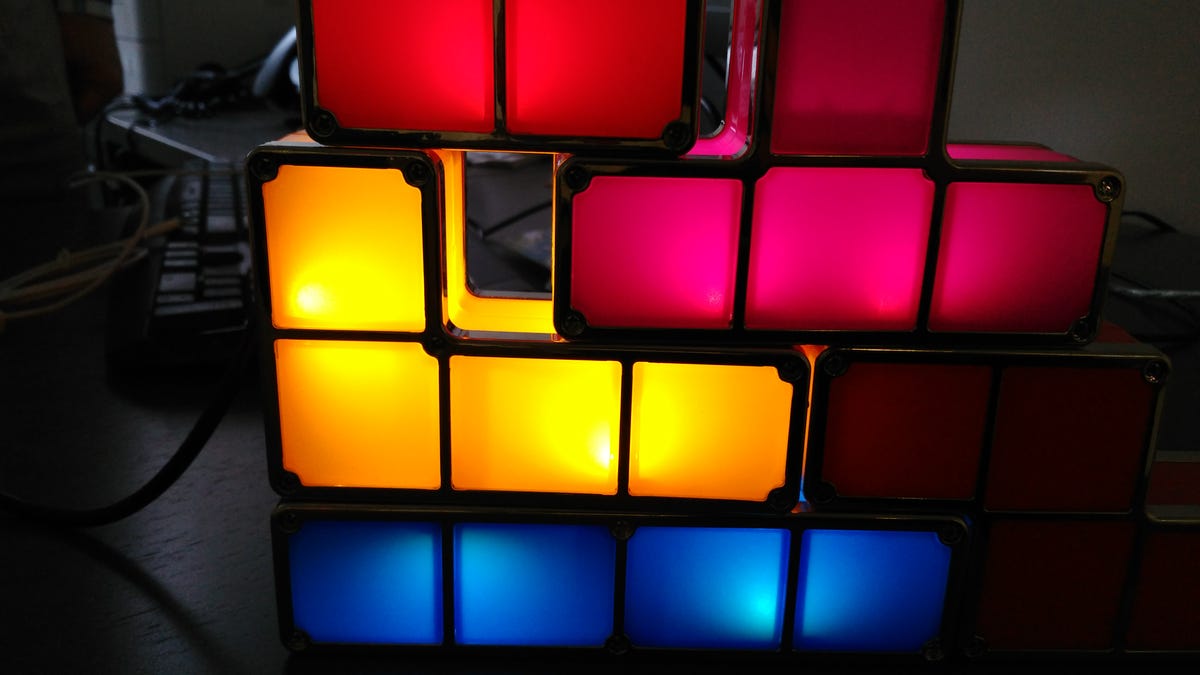Scientists connect 3 actual human brains (then make them play Tetris)
First Tetris... then what?

Neuroscientists behind the project called it "BrainNet", a "multi-person non-invasive direct brain-to-brain interface for collaborative problem solving".
In layman's terms, researchers from the University of Washington and Carnegie Mellon University figured out a way to connect three brains (still attached to their human hosts!) and have the owners of said brains make collective choices together without speaking.
And they tested it by playing Tetris. Because of course they did.
The team used "electroencephalograms" (EEGs) to record electric impulses from two human brains and "transcranial magnetic stimulation" ( TMS ) to deliver information to a third brain. The end result: an interface that allowed three human subjects to collaborate and solve Tetris problems using brain-to-brain communication.
In the test, two "senders" were connected to EEG sensors and communicated to a third person, the "receiver" via a TMS helmet with the ability to send flashes directly to the brain.
The two "senders" could see the game of Tetris being played, the "receiver" could not. The goal: send a message telling the receiver to either rotate or not rotate the Tetris piece, depending on how the game was going.
In order to communicate, the senders had to stare at one of two LED lights. These two lights were flashing at different frequencies, meaning that different signals were sent from the brain depending on which light was being stared at. If the receiver received a flash from the TMS helmet, he had to rotate the block.
Incredibly, five groups of three subjects were able to successfully perform the task 81 percent of the time.
You can read the full report here.
'Hello, humans': Google's Duplex could make Assistant the most lifelike AI yet.
Blockchain Decoded: CNET looks at the tech powering bitcoin -- and soon, too, a myriad of services that will change your life.

